- Products
- All Products
- RF PA Extension Kit
- Wireless Microphone Upgrade Packs
- In-Ear Monitor Upgrade Packs
- Wireless Microphone Antennas
- Wireless In-Ear Monitor Antennas
- Antenna Distribution for Microphones
- Antenna Combiners for In-Ear Monitors
- Multi-Zone Antenna Combiners
- Spectrum Tools
- Accessories, Cables and Parts
- Solutions by Venue
- Resources & Training
- Performance Tools
- About Us
The need for proper RF coordination is becoming more critical by the day. As the FCC continues to sell off UHF spectrum, white space devices and other low power auxiliary units will become more spectrally congested with one another. Pretty soon, we will be down to less than 10% of the radio spectrum that we’ve had since 1962. Let’s dive into the reasons why proper RF coordination is important and even mandatory, especially on larger productions.
Avoiding Intermodulation Distortion
Coordinating your transmitters will help avoid intermodulation. “What causes intermodulation” you may ask? Wireless transmitters interact with one another. When they're too close, they will combine to occupy and create additional frequencies at defined intervals. In a simple form, wireless frequency coordination is a method for calculating these additional frequencies so they may be avoided. Two transmitted frequencies will produce intermod products above and below their center frequency. For example:
522.000 MHz
523.000 MHz
Spacing = 1.000 MHz
Intermod products will occur between 521.000 - 524.000. You can see these results below.
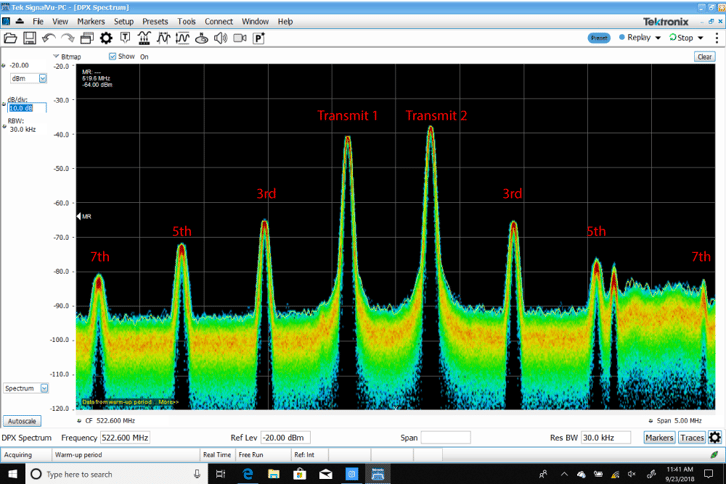
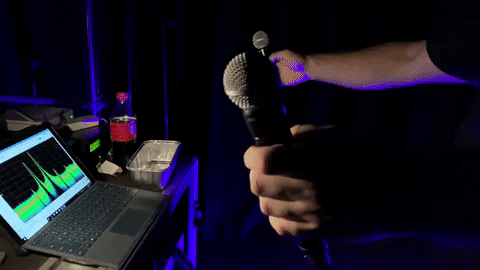
TV Stations
It is important to avoid UHF TV bands (currently channel 14 to 51 in the USA and 21 to 59 in Europe). Every location has different occupied channels, and it is imperative to coordinate around these TV stations. This will help you keep your transmitters operating on legal frequencies and avoid signal dropout issues. When a transmit frequency is placed on top of a DTV frequency, the signal to noise ratio falls considerably and you will likely experience dropouts and erratic performance. Here is a snapshot from a WaveTower customer that shows new DTV activity in their area, causing dropout issues for one of their mic frequencies. This scenario will become more prevalent as the DTV re-pack process continues nationwide. All the more reason to continuously monitor spectrum conditions in your area and stay on top of changes. You can sign up a free WaveTower account and learn more here.)
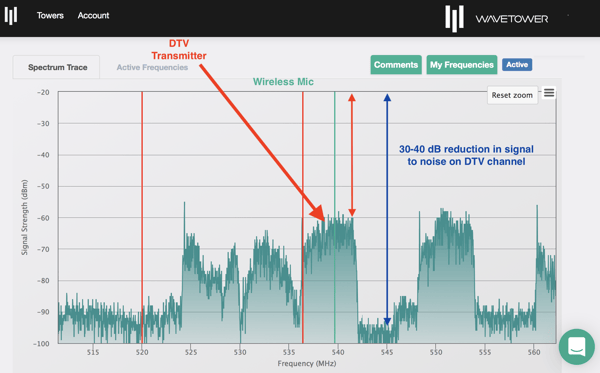
Multiple Spectrum Stakeholders
When entering a venue with multiple vendors bringing their own transmitters, it is imperative to communicate with them to avoid potential interference. A simple pre-production meeting prior to arriving at the event can reduce a multitude of issues. Sharing coordination files, or assigning one person to coordinate for all the individual vendors are a few safe practices. Be transparent, and update each other as changes are needed to be made.
A lot of wireless users get by just turning on their receiver to see if it’s on a clear channel (no RF showing on the meter). Often you can get by just using this method with a few channels of mics. However, by following some simple guidelines and communicating with other spectrum stakeholders, your results will be much in the end. This is especially the case in high channel count RF projects or congested spectrum conditions.
If you have any tips on coordination best practices be sure to leave them in the comments section below.
Don Kuser
Active wireless & communications engineer supplying services for tours, award shows, broadcast & sporting events.
More from the blog
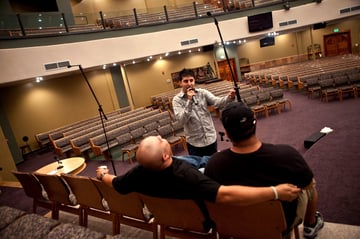
DISTRO4 - With Cascade
Five Wireless Mistakes Holding Church Techs Back From Great Audio
5 min read
| December 14, 2014
Read More
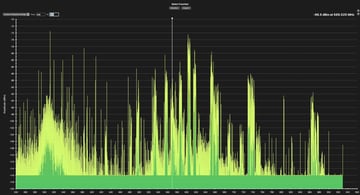
Frequency Coordination
Why You Should Use Frequency Coordination Software Every Time
7 min read
| March 31, 2017
Read More

Live Sound
Rattletrap Case Study
4 min read
| August 12, 2022
Read More
Subscribe to email updates
Stay up-to-date on what's happening at this blog and get additional content about the benefits of subscribing.
